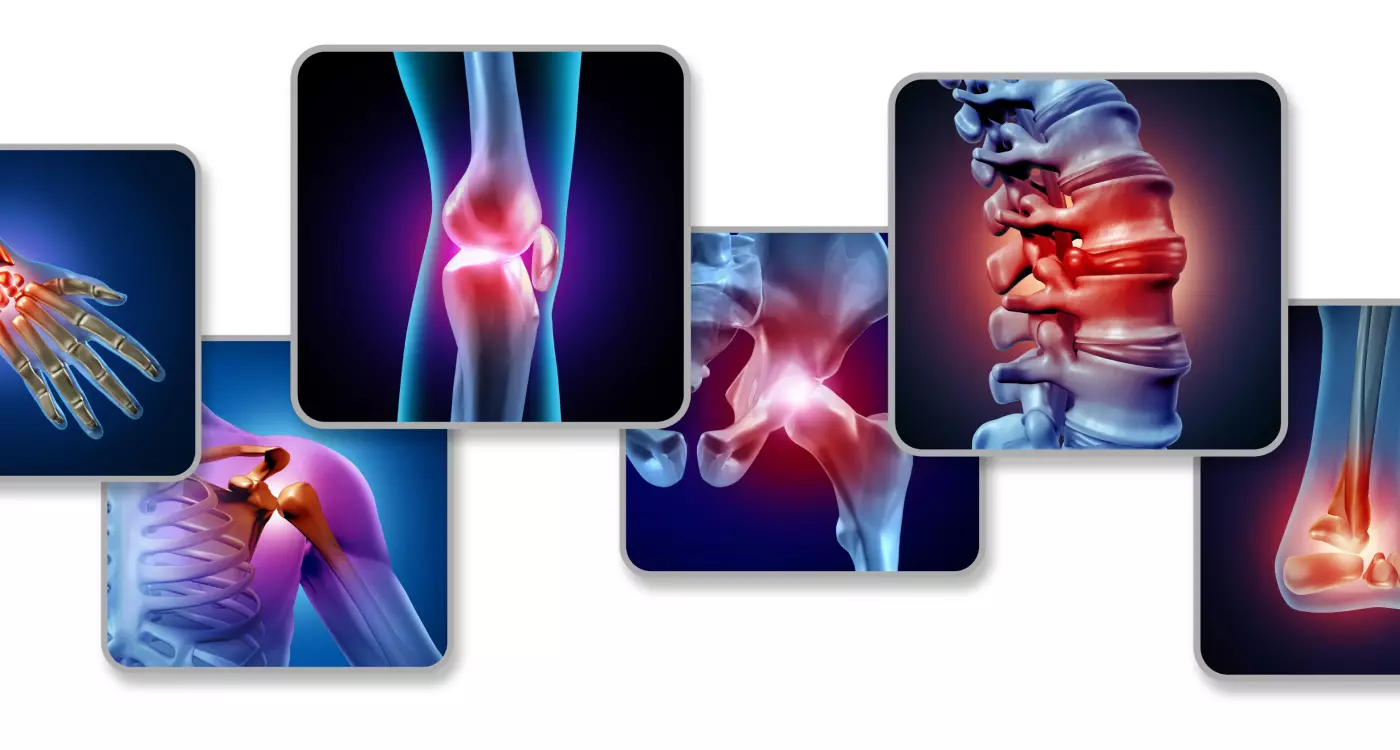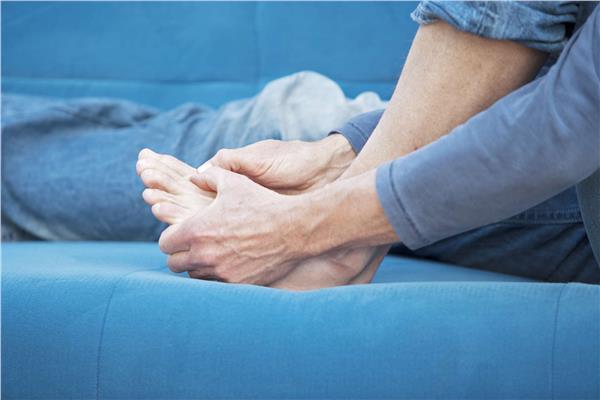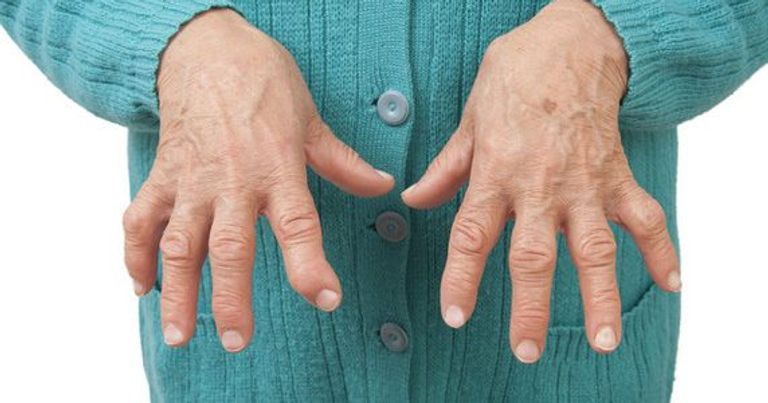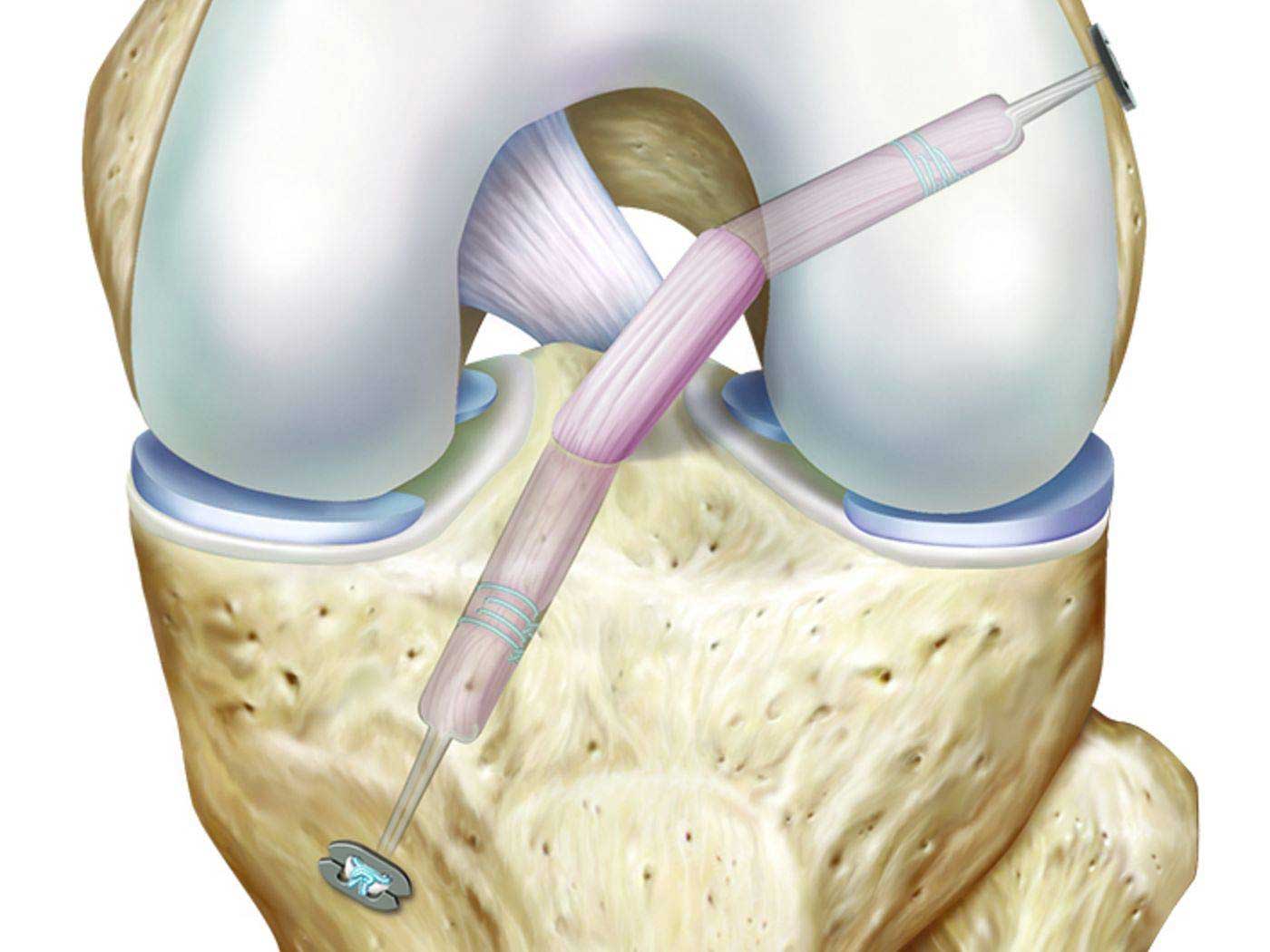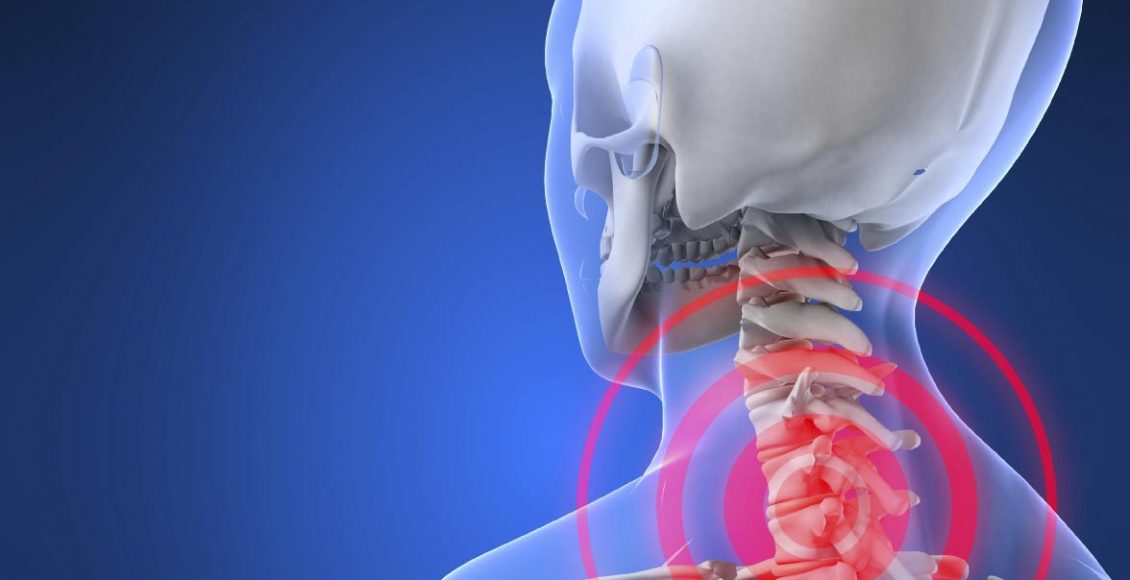What is the cause of arthritis? And how do you know if you have it?
What is the cause of arthritis?
The cause of arthritis is a complex and multifactorial issue. There are many factors that can contribute to the development of arthritis, including genetic, environmental, nutritional, and lifestyle factors. Each type of arthritis may have its own specific causes, and we will discuss some common causes of arthritis.
One common cause of arthritis is rheumatoid arthritis, which is considered an autoimmune disorder where the body attacks itself. Genetic factors are believed to play a role in the onset of this type of arthritis. Environmental factors such as smoking, viral infections, and exposure to environmental factors like cold and humidity may also increase the risk of developing rheumatoid arthritis.
Osteoarthritis, on the other hand, is the most common form of arthritis and generally occurs with age. Genetic factors and the natural wear and tear of joints over time are believed to play a role in its development. Previous joint injuries, or environmental factors like excess weight and smoking, may increase the risk of developing osteoarthritis.
There are also other causes of arthritis, such as mechanical wear and tear of joints and damage to the cartilage between them, which can lead to mechanical arthritis. Excessive joint stress, sports injuries, and joint infections resulting from infections can also be causes of arthritis.
In addition to the mentioned factors, lifestyle and nutrition can also affect the likelihood of developing arthritis. Obesity, lack of physical activity, and imbalanced nutrition are considered factors that can increase the risk of developing arthritis.
In summary, the cause of arthritis is a diverse set of factors, including genetic, environmental, nutritional, and lifestyle factors. Each type of arthritis may have its own specific causes. It is important to understand these causes and adopt a healthy lifestyle while following medical recommendations to prevent and treat arthritis.
How do you know if you have arthritis?
Arthritis is a common health condition that affects many people worldwide. Its symptoms, causes, and treatments vary depending on the type and severity of arthritis. In this article, we will provide an overview of how to identify the symptoms of arthritis and the steps that can be taken for diagnosis and treatment.
Common symptoms of arthritis:
- Joint Pain: People with arthritis may experience continuous or intermittent pain in the affected joints. The pain can be more severe when using the affected joint or during physical activity.
- Joint Stiffness: Patients may have difficulty moving the affected joints, especially after periods of rest or in the morning. Stiffness can last for several minutes to hours before improving.
- Joint Swelling: Arthritis can cause swelling in the affected joints and the surrounding areas. Swelling typically increases after using the joint or after prolonged physical activity.
- Redness of the Skin: Patients may notice redness in the skin around the affected joint. This redness is due to swelling and irritation caused by arthritis.
- Limited Range of Motion: People with arthritis may find it challenging to move the affected joints naturally. Reduced range of motion can affect the ability to perform daily activities normally.
Steps for diagnosing and treating arthritis:
- Consulting a Physician: If you are experiencing symptoms that suggest arthritis, it is advisable to consult your healthcare provider. The doctor will evaluate your medical history and the symptoms you are experiencing and conduct a comprehensive examination of the affected joints.
- Diagnostic Tests: The physician may request various diagnostic tests to confirm the diagnosis. These tests may include X-rays, blood tests to detect inflammation markers, joint fluid analysis, and magnetic resonance imaging (MRI).
- Treatment: Treatment depends on the type and severity of arthritis. It may include pain-relieving medications, non-steroidal anti-inflammatory drugs (NSAIDs), physical therapy, muscle strengthening, occupational therapy, and, in some severe cases, surgical correction.
In conclusion, it is essential to be aware of the symptoms of arthritis and take them seriously. If you suspect you may have arthritis, it is crucial to consult a specialist for an accurate diagnosis and appropriate treatment. Early diagnosis and proper treatment can help alleviate symptoms and improve the quality of life.
How to Get Rid of Arthritis?
When it comes to relieving pain associated with arthritis, many people turn to various medical and home remedies. In this article, we will explore different ways to treat arthritis and prevent its progression.
- Using Medications: Nonsteroidal anti-inflammatory drugs (NSAIDs) are one of the most common medications used to relieve pain and inflammation associated with arthritis. They can be used topically as creams or gels for massaging the affected area or orally as tablets or capsules.
- Physical Therapy: Hot or cold compresses can be used on the inflamed joint to relieve pain and swelling. Gentle joint massage with proper techniques can also improve blood circulation and reduce muscle tension.
- Proper Nutrition: Healthy foods play a crucial role in strengthening the immune system and reducing arthritis inflammation. It is recommended to consume foods rich in omega-3 fatty acids, such as fatty fish, seeds, and nuts. Additionally, fresh fruits and vegetables containing essential vitamins and minerals for joint health are advised.
- Exercise: Light and condition-appropriate exercises are beneficial for strengthening the muscles around the joints. Consultation with a fitness trainer or physical therapy specialist to design an appropriate exercise program for the condition is helpful.
- Medicinal Treatment: In cases of rheumatoid arthritis, the doctor may recommend disease-modifying antirheumatic drugs (DMARDs), which can slow down the progression of arthritis. These medications are used under medical supervision.
- Maintaining Ideal Weight: Maintaining a healthy weight is important to reduce stress on the joints and decrease inflammation. Following a balanced diet and regular physical activity helps in maintaining the appropriate weight.
- Consulting a Physician: In case of worsening or persistent pain, it is essential to consult a specialist for an accurate diagnosis and prescription of appropriate treatment.
It is important to note that arthritis is a chronic medical condition and may require ongoing treatment. Therefore, it is crucial to adhere to the doctor’s recommendations and follow general health advice to maintain joint health, reduce pain, and alleviate swelling associated with arthritis.
What Vitamin is Responsible for Joint Pain?
The vitamin responsible for joint pain is vitamin D. Vitamin D is one of the most important vitamins for maintaining bone health, strength, and protection from pain and inflammation. Symptoms of vitamin D deficiency may include fatigue, muscle weakness, and/or joint pain.
The chances of developing joint pain increase when the body’s vitamin D levels are low. Bones and joints require vitamin D to maintain their health and normal function. Vitamin D can be obtained from natural sources such as egg yolks, milk, and cheese, and it should be consumed daily to provide vitality to the body.
Vitamin D contains a protein called osteocalcin, and this protein helps in producing healthy bone tissues in the body. Research has shown that sufficient levels of vitamin D are vital for bone and muscle function and may have anti-inflammatory effects.
As a result, many people believe that vitamin D plays a role in relieving joint pain, especially when inflammation is the cause. Vitamin D deficiency in the body is associated with an increased risk of osteoporosis due to a decrease in bone mineral density, as it plays a crucial role in calcium absorption.
Therefore, taking vitamin and mineral supplements to compensate for vitamin D deficiency is recommended. Cholecalciferol (Vitamin D3) is one of the most effective, safe, and easy-to-use forms of vitamin D. Both forms (D2 and D3) are converted in the liver and kidneys into the active form, which is vitamin D or calcitriol. This active form enhances the absorption of calcium and phosphorus from the intestines.
In general, vitamin D is one of the nutrients your body needs to build healthy bones and maintain them. This is because your body cannot absorb calcium, the main component of bones, unless it has sufficient levels of vitamin D. Therefore, it is essential to pay attention to the intake of necessary vitamins and minerals to maintain bone health and alleviate joint pain.
What Should Arthritis Patients Eat?
Arthritis patients suffer from a medical condition that requires following a specific diet to control symptoms and reduce inflammation. Some foods are recommended to be avoided, while others are recommended to help alleviate pain and improve health.
First, it is important to avoid foods that increase inflammation and worsen arthritis-related symptoms. These foods primarily include sugar and sugary products, as consuming sugars can increase inflammation in the body and exacerbate symptoms. Processed and canned foods, soda, and snacks should also be avoided as they contain chemicals that may increase joint inflammation.
On the other hand, there are some foods that are recommended for arthritis patients to help alleviate pain and improve their health. Fish is highly beneficial, especially sardines, mackerel, and salmon, as they contain omega-3 fatty acids that reduce inflammation and improve joint health. In addition to fish, consuming foods rich in omega-3s such as nuts, dairy products, and eggs is advised.
Spinach is also considered a beneficial food for arthritis patients as it contains omega-3s and works to alleviate pain and improve joint condition. In addition to spinach, it is recommended to consume broccoli, tuna, seafood, oysters, shrimp, and whole grains like wheat and oats, as they contain essential nutrients to improve joint health.
In addition to avoiding certain foods and consuming beneficial ones, it is also recommended to consume foods rich in calcium and important vitamins for joint health. These foods include milk, dairy products, yogurt, cheese, broccoli, red pepper, oranges, lemons, sweet potatoes, bananas, and kiwi.
In conclusion, arthritis patients should consult doctors and nutrition specialists to receive specific advice and develop a suitable dietary plan for their health condition. It is essential to follow a balanced and diverse diet that contains all the necessary nutrients to improve joint health and reduce inflammation.
Is arthritis the same as rheumatism?
Arthritis and rheumatism are two different medical conditions, although they may share some common symptoms. Arthritis is a condition that affects the joints and causes pain, swelling, and limited movement in the affected joints. Osteoarthritis is the most common form of arthritis, which involves the deterioration of the cartilage covering the bones in the joints.
Rheumatism, on the other hand, is a general term that refers to joint inflammation or may refer to a specific condition called rheumatoid arthritis. Rheumatoid arthritis is a chronic inflammatory disease in which the immune system attacks the joints, starting with the joint lining. Rheumatoid arthritis can affect other areas of the body besides the joints and may cause damage to internal organs.
When asking about the difference between rheumatism and rheumatoid, it should be noted that there is a distinction between them. Rheumatism is not a specific medical term but is often used by people to describe symptoms similar to those of arthritis.
Regarding symptoms, both conditions affect the joints and exhibit signs of swelling and redness. However, there are some differences between them. In the case of chronic rheumatoid arthritis, symptoms persist for a long period and may worsen over time, whereas general rheumatism may be temporary and disappear within a few weeks.
Additionally, both conditions can affect other body systems. Rheumatoid arthritis can impact internal organs such as the heart, lungs, and kidneys, whereas arthritis is limited to diseases that affect the joints alone.
In general, people experiencing prolonged joint pain, swelling, and inflammation should consult a doctor to diagnose their condition accurately. It may require additional tests and examinations to determine the type of arthritis the patient is suffering from and to prescribe the appropriate treatment.
Does calcium deficiency cause joint pain?
Calcium deficiency in the body is a condition where there is a shortage of calcium levels in the blood. Calcium is an essential mineral that plays a crucial role in bone and teeth health, as well as other vital functions in the body. When there is a deficiency in calcium levels, it can affect many organs and systems in the body, including the joints.
Calcium is necessary for bone and joint health. It plays a vital role in building strong and resilient bones. When there is a deficiency in calcium levels, it can affect bone density and make them more prone to fractures. Consequently, calcium deficiency can lead to joint pain.
When the calcium level is low in the blood, the body attempts to compensate for this deficiency by withdrawing calcium from the bones. Over time, this severe deficiency can lead to weakened and more brittle bones, increasing the risk of fractures and joint pain.
Additionally, low blood calcium levels can lead to muscle spasms and pain. This may be accompanied by numbness, tingling in the extremities, severe fatigue, skin and nail problems, and dental and gum issues. Calcium deficiency can also result in osteoporosis and reduced bone density.
Conditions of calcium deficiency may cause joint cracking, but it can only be determined and the necessary treatment prescribed after consulting a specialist and undergoing the required tests and examinations. People experiencing symptoms such as joint pain, frequent fractures, or any other unusual symptoms should consult a doctor for an accurate diagnosis and appropriate treatment.
In general, it is recommended to consume calcium through a healthy diet and to include calcium-rich foods such as dairy, fish, nuts, and leafy green vegetables. It may also be necessary to take calcium supplements if the body’s calcium levels are significantly low.
In summary, calcium deficiency in the body can lead to joint pain due to its impact on bone density and strength. Consulting a doctor is essential to diagnose the condition and determine the appropriate treatment to address calcium deficiency and maintain joint and bone health.
What are the causes of joint pain in women?
Arthritis is a common health issue that affects many people around the world, but it appears that women are more prone to joint pain compared to men. There are several reasons that may explain this difference between the sexes.
One of the main reasons for exacerbating joint pain in women is the physical differences between the sexes. For example, women are more susceptible to developing joint and bone pain causes. This is attributed to the fact that the ligaments in a woman’s body are more flexible and weaker compared to those in a man’s body. Additionally, a woman’s pelvis is wider than a man’s, which means it is subjected to greater pressure during movement, increasing the likelihood of inflammation and pain in the joints of the pelvis.
There are also other factors that can increase the risk of women developing arthritis. For example, rheumatoid arthritis is a common autoimmune disease that affects women more frequently than men. Female hormones are considered one of the possible factors that increase the risk of developing rheumatoid arthritis in women. In addition, hormonal fluctuations during certain periods in a woman’s life, such as pregnancy and post-pregnancy, may affect the immune system and increase the likelihood of developing arthritis.
In addition to physical and hormonal factors, there are also lifestyle factors that can increase the likelihood of women developing arthritis. For example, excess weight in women can put additional pressure on the joints, increasing the likelihood of inflammation and joint pain. Moreover, excessive physical activity or excessive physical stress may play a role in increasing the risk of developing arthritis.
To protect joint health and reduce the risk of developing arthritis, women can take some preventive measures. For example, it is recommended to regularly engage in physical exercise to strengthen muscles and improve flexibility, which helps reduce pressure on the joints. It is also advised to maintain a healthy weight and follow a balanced diet, avoid smoking, and avoid excessive physical stress.
In summary, women are more commonly affected by joint pain due to physical and hormonal differences between the sexes, as well as lifestyle factors. Therefore, women are advised to adopt a healthy lifestyle and take necessary precautions to maintain joint health and prevent arthritis.
Dr. Amr Amal is a consultant in orthopedic and joint surgery
Dr. Amr Amal is a renowned and esteemed consultant in the field of orthopedic and joint surgery. Dr. Amr Amal holds a consultant degree in orthopedic and joint surgery from Ain Shams University, where he also serves as a faculty member. Additionally, he is a fellow at Aachen University in Germany, reflecting his level of expertise and education.
Dr. Amr Amal is distinguished by his extensive experience in performing cruciate ligament surgery, which has made him well-known in this field. He provides exceptional healthcare to patients suffering from bone and joint issues, diagnosing and treating various joint diseases using the latest medical methods and techniques.
Regarding cases of knee osteoarthritis, not all cases necessarily require surgical intervention. Dr. Amr Amal possesses the knowledge and experience to provide suitable treatment options tailored to each individual case. This may include non-surgical treatments such as physical therapy, targeted exercises, and anti-inflammatory medications. In more advanced cases that require surgical intervention, Dr. Amr Amal utilizes advanced surgical techniques to alleviate pain and improve the mobility of the affected joint.
Dr. Amr Amal currently works as a lecturer in orthopedic and joint surgeries and arthroscopy at Ain Shams University, where he trains new doctors and imparts knowledge and modern techniques in this field. Thanks to his scientific and practical experience, Dr. Amr Amal is a trusted reference for students and doctors in the field of orthopedic and joint surgery.
In summary, Dr. Amr Amal is a trusted consultant in orthopedic and joint surgery with extensive experience in the field. He provides exceptional healthcare to patients and strives to deliver appropriate treatment tailored to each individual’s condition.
